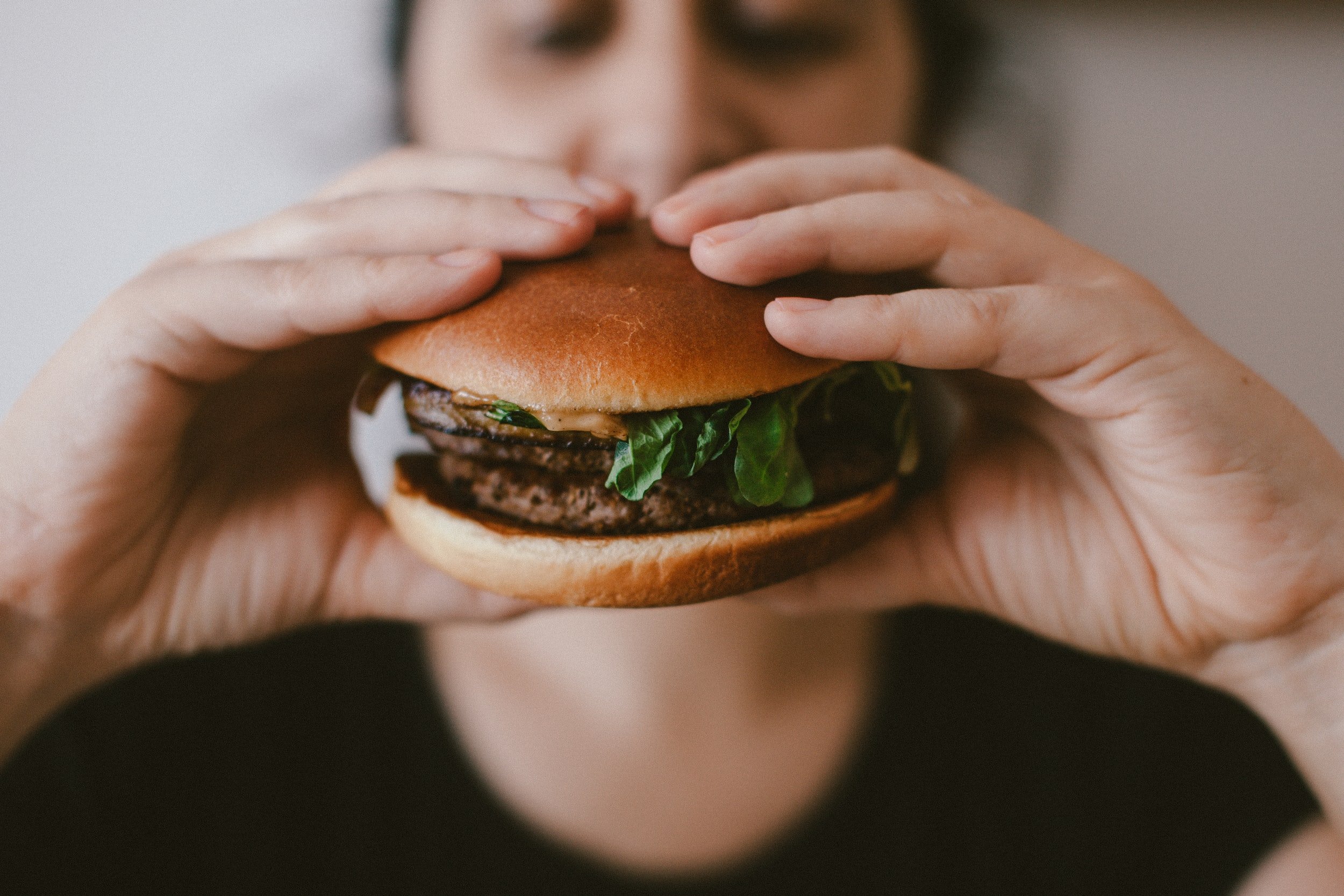Part 2: Managing Sensory Overload at Mealtime - 3 Strategies for Taste
For individuals with autism, ADHD, OCD, BPD or other neurodivergences, mealtime can come with additional challenges, including sensory overwhelm.
Welcome to Part 2 of my series on managing sensory difficulties at mealtime.
Today we will be exploring another one of the 5 senses and how we can navigate difficulties when sitting down (or standing up!) for a meal. If you haven’t already, check out the first post in this series which explores sound sensitivity.
One of the first senses that comes to mind for me when thinking about eating a meal is taste. When it comes to our sense of taste, there are many factors to consider such as the texture, temperature, and flavor of the food.
Taste can be such an enjoyable part of the eating experience. It can also pose many difficulties for someone struggling with the interoceptive differences that can come along with a neurodiverse brain.
“Picky eating” is often stigmatized and pathologized. The belief that selective eaters just need to “try harder” to eat other foods invalidates the complex nature of the taste sensory experience. It is important to recognize the validity of strong preferences in this sense category, especially for autistic people.
Feeling overwhelmed by an unfamiliar flavor, texture or even a different brand of a food you typically like can make mealtime difficult.
Taste is one of the trickier senses to manage at meals, since it is so directly connected to the eating experience. I definitely recommended seeking the guidance of a dietitian or nutritionist if you are struggling to nourish yourself adequately. In the meantime, here are some ideas to get you started. You deserve to feel regulated and safe when eating.
3 Strategies for New or Overwhelming Taste Scenarios
Keep familiar foods handy. This way you have the option to swap what you’re eating for a more preferred food. This can be especially important when traveling - keep preferred snacks with you in a purse or backpack so you can access them easily.
Tackle one new food at a time. If you are working with your dietitian or nutritionist on introducing new textures, tastes or types of food you may discover that doing one new food at a time can lessen feelings of overwhelm at meals.
Grab a sensory soother. Sometimes soothing one of our other senses can help our nervous system feel more ready to take on a new taste experience. A few examples (see Part 1 for more ideas): holding or petting a plush stuffed animal (or a pet!), listening to your favorite song, using a weighted blanket or dimming the lights.
Come back for Part 3 of this series where we will continue exploring how to manage sensory overwhelm at mealtime. Next up is our sense of sight!

